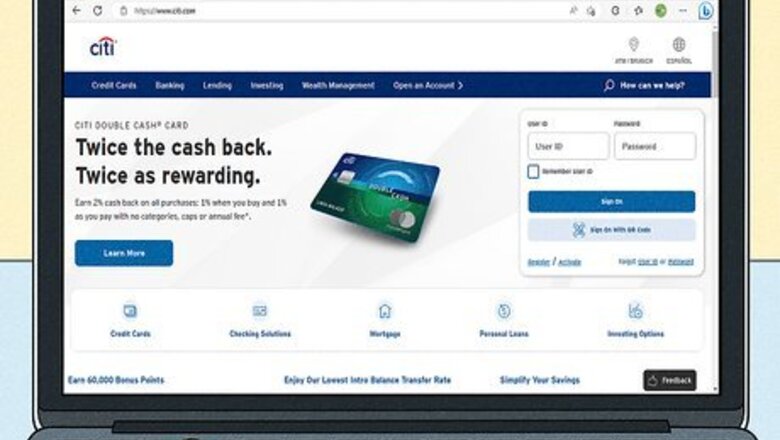
views
Checking the Balance of a Bank Debit Card
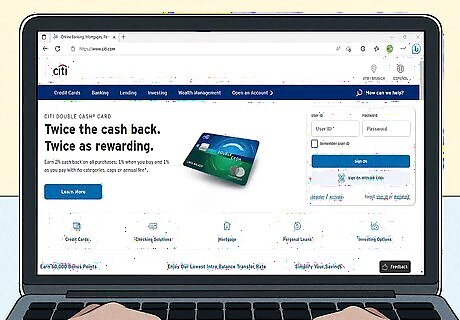
Log into your bank’s website. Go to the official website of your bank. If you haven’t set up your online account, click “Sign up” or “Enroll” and connect your card information to a User ID and password. Then, log into the website. Your account summary and debit card balance are listed prominently on the page.

Download your bank’s mobile application. Most banks have official mobile apps that allow you to bank on the go. Go to your bank’s official website and search for their mobile banking app on the front page. Download the app and then log into it using the same User ID and password you use to access the bank’s website. Your debit card balance is typically listed on the first screen you see when you log into the app. For example, Huntington Bank has Huntington Mobile and Ally Bank has Ally Mobile.

Check your account balance at an ATM. Visit any ATM near you, since all ATMs are linked to the financial system and your debit card is linked to your checking account. Simply put your card in the machine, enter your pin, and select the option to check your balance. ATMs that aren’t affiliated with your card issuer or bank may charge a fee for usage.

Check your bank statements. Every month, your bank sends you a statement that details all of the transactions for your account, including things you bought and money you earned. Your statement also lists the current balance of your debit card or checking account. Depending on your bank, your statement might be sent at the beginning or end of the month. Most banks automatically send you your statements through the mail. They usually have the option to send statements to your email or phone, which you can opt in to by logging into your online banking account or calling your bank. Statements might not reflect your current balance, as any transactions you make after it's mailed won't be listed. To check your balance in real-time, go to your bank’s website, app, ATM, call them, or go in person. Tip: It’s good practice to check your statement each month to make sure there are no unauthorized charges on your card. If you see any transactions that you didn’t make, immediately call your bank.

Call your bank’s customer service line. Find your bank’s phone number on the back of your debit card, on their official website, or on official communication they sent you, like letters or emails. Most banks have an automated system where you simply follow the phone prompts to navigate to your balance. During the call, you typically have to verify your debit card or account number before getting your balance. If your bank has an automated system, there is typically an option to speak to a bank representative, if you prefer. The bank representative will require personal identification, such as the last four digits of your social security number, before accessing your account.

Visit your bank and ask a teller about your balance. Go to your bank in person and speak to a teller about getting your debit card balance or an account statement. Just make sure to bring your ID and your account information, as the teller will need it to verify your identity. Then, they will provide you with detailed information about your balance.
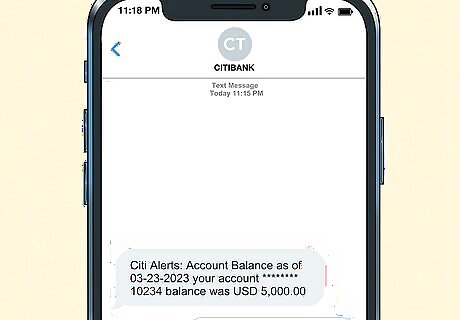
Sign up to receive text alerts about your account. Many banks send you text messages to signify changes to your account, such as deposits and withdrawals, if you opt in to these alerts. Simply log into your account through your bank’s website or mobile app and then sign up for the messages. Then, follow the text prompts your bank sends you to see your balance. Many banks have an option to send alerts to your email address instead of your phone. When signing up for text message alerts, message and data rates still apply as determined by your phone carrier.
Checking the Balance of a Prepaid Debit Card
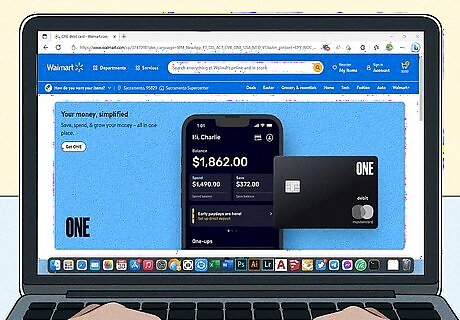
Go to the card issuer’s website. Visit the website of the business that issued your card, which is typically displayed prominently on the front of the card. For example, go to Walmart’s website if you got your debit card from there. Simply log in to the website to check your balance. If you haven’t created an account on the website, click “Sign up” or “Register.” Then, input your card number and security code to register your card. Typically, the security code is the 3 to 6-digit code on the back of the card that’s under a security strip you have to scratch or peel off. The card number is the string of 16 numbers on the front or back of the card.

Call the card issuer’s customer service line. Look for a phone number on the front or back of your card. Or, go to the card issuer’s website and find their customer service number online. Most cards’ service lines are automated, so simply follow the prompts to check your balance. You typically have to verify your card number and security code on the phone call before accessing your balance.

Log into the card issuer’s mobile application. Some prepaid debit card issuers have mobile apps that you download to check your balance on the go. Just go to the card issuer’s website, such as Walmart or Target, and look for the mobile app download on the front of the page. Then, register your card in the app and log in with the User ID and password you create. Alternatively, search for the name of your card, like Walmart MoneyCard or Target RedCard, in your phone’s app store.
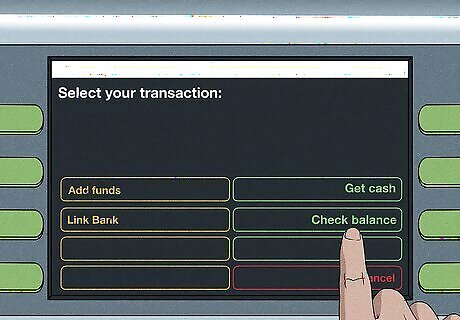
Check your card’s balance at an ATM. Some prepaid debit cards allow you to withdraw and add money at an ATM, giving you the ability to check your balance, too. Simply take your card to an ATM, enter your PIN, and follow the prompts to check your card balance. Many ATMs charge a fee to check your card’s balance. Check the cardholder agreement that came with your card to see if you can use it at an ATM, or go to the card issuer’s website.
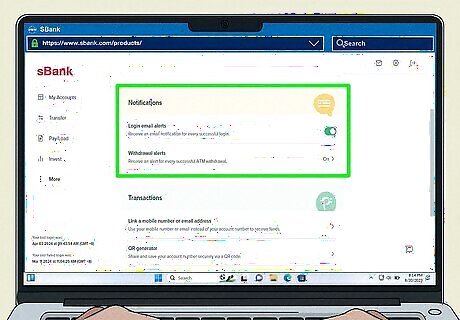
Sign up for text or email alerts. Many card issuers provide text or email alerts about your card’s balance, such as when it gets low, when you make transitions, or when you add money. To sign up to receive alerts, either sign in to your card issuer’s website or mobile app, or call their customer service line. Remember, message and data rates apply when receiving text updates from your card issuer.
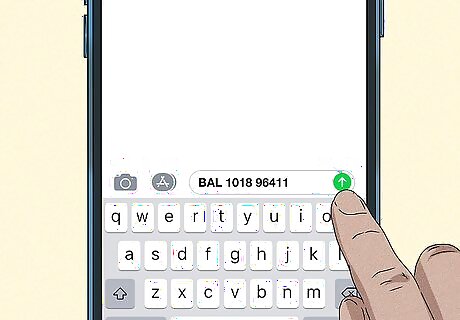
Send a text message to the card issuer. Some card issuers have a 2-way texting system that allows you to quickly check your balance via text after you register your phone number to your cardholder account. For example, if you have a Walmart MoneyCard, text BAL followed by the last 4 digits of your card to 96411. Note that message and data rates through your phone carrier apply.
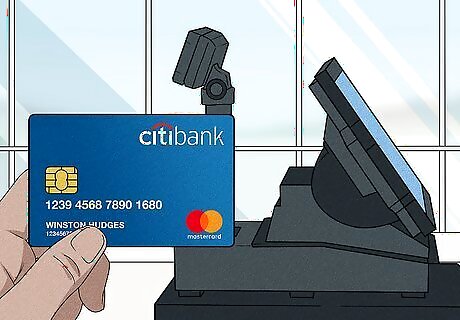
Use the card at an affiliated merchant. A quick way to check your card when you’re away from home is to use it at a store where it is accepted. For example, if you have a Mastercard prepaid debit card, a cashier at a place that accepts Mastercard may be able to show you your balance when they scan your card. For some prepaid cards, such as the U.S. Bank ReliaCard, cashiers and bank tellers aren’t able to see your balance.




















Comments
0 comment